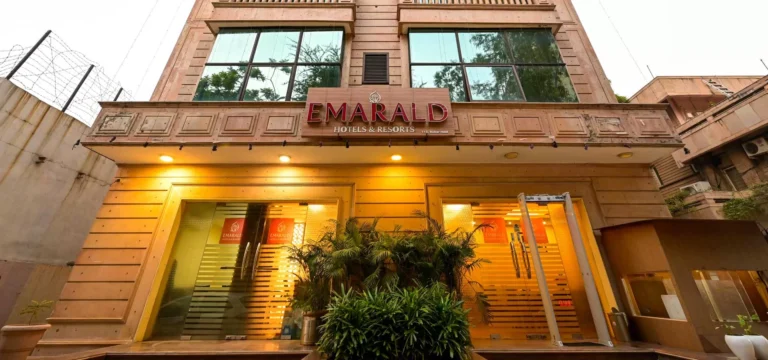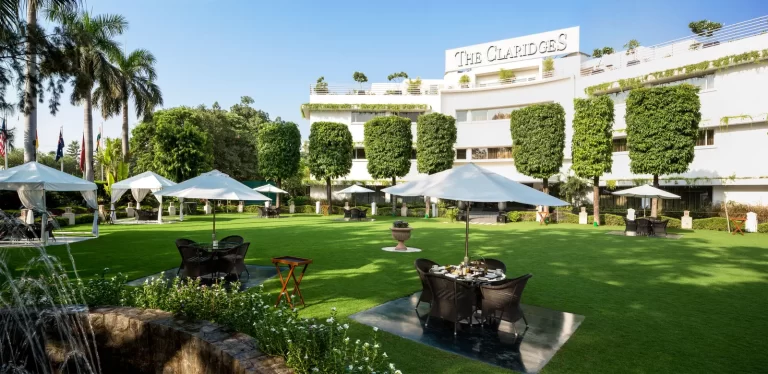Built in the early 13th century a few kilometres south of Delhi, the red sandstone Qutub Minar is 72.5 m high, alternating angular and rounded flutings.
Qutbu’d-Din Aibak laid the foundation of Qutub Minar (Delhi) in AD 1199, the highest tower in India and raised the first storey, to which were added three more storeys by Iltutmish (AD 1211-36).
The vast archaeological area around it contains funerary buildings, notably the magnificent Alai-Darwaza the masterpiece of Indo-Muslim art (built in 1311).
To the north-east of the Minar is located the Quwwat-ul-Islam Mosque, built by Qutbu’d-Din Aibak in AD 1198. It is the earliest extant mosque built by the Delhi Sultans.
The Iron Pillar (fourth century AD), according to an inscription, was set up as a Vishnudhvaja in memory of a mighty king named Chandra.
The tomb of Iltutmish (AD 1211-35), a profusely carved square chamber of red sandstone, was built in AD 1235. The other noteworthy remains in the Qutb-complex are the madrasa, graves, tombs, mosque, architectural members and the Alai Minar.







